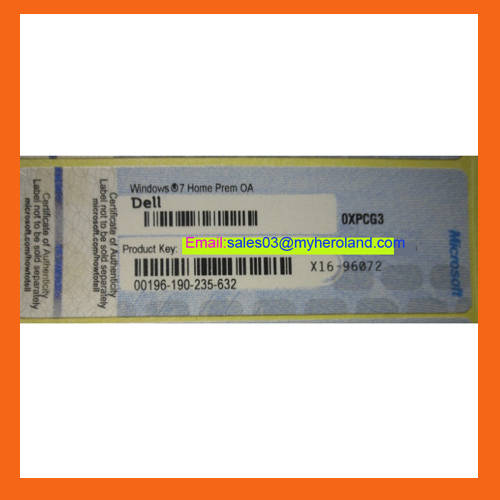

That’s why you don’t need to enter a license key when you do the free upgrade from Windows 7, 8, or 8.1 to Windows 10. Somewhere within the bowels of Microsoft’s infrastructure is a record of each hardware hash and what license is tied to that hash. Second, Microsoft keeps tabs on the license that is tied to each hash. So it seems that the hash is tied to the motherboard. If you replace the motherboard, you need to get a new Windows license (or call Microsoft support and try to talk them into giving you a key). It is similar to a VIN number on a car: it stays the same, even if you replace the various components of the device. The hash serves as an ID number for your device. Along the way, Bott brings up several interesting issues related to how Windows licensing works.įirst, your Windows license is tied to a unique hash on your device. If you want to do a clean install, currently you’ll have to jump through some hoops to make it work, but in an upcoming build of Windows 10, you will also be able to use a license key for Windows 7, 8, or 8.1 to complete the upgrade. To summarize, if you start with a valid Windows 7, Windows 8, or Windows 8.1 installation and upgrade from there, then you never have to enter a product key. In a couple of recent articles on ZDNet, Ed Bott explains how to activate your free Windows 10 upgrade license.


 0 kommentar(er)
0 kommentar(er)
